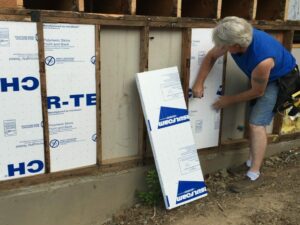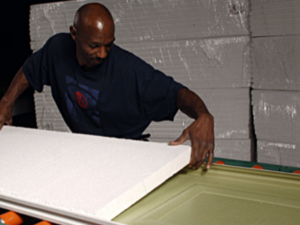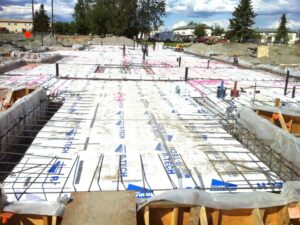Originally posted in Modern Contractor Solutions Magazine
 When choosing foam insulations, you’re likely to see manufacturers describe their product as either “closed-cell” or “open-cell”, but what does that mean and why does it matter to you?
When choosing foam insulations, you’re likely to see manufacturers describe their product as either “closed-cell” or “open-cell”, but what does that mean and why does it matter to you?
FOAM INSULATION TYPES
Foam insulations come in two broad types: spray foams and rigid foams.
Spray foam insulation is created on the jobsite by mixing two chemical compounds that react and foam up to fill voids and provide an insulating layer. By contrast, rigid foam insulations are created in a factory and arrive at the jobsite in panel form that provides a thermal barrier. Rigid foam insulations come in numerous product configurations, including faced and un-faced panels.
Rigid foam panels are all closed-cell, while spray foams are either closed- or open-cell, depending on the product. See the chart in the full article for the major foam insulations.
Continue reading in Modern Contractor Solutions Magazine to look under the microscope on closed and open-cell insulations and learn about their thermal performance and stability.
1 Comment
-
Your explanation of spray-foam insulation was extremely easy to understand, and I appreciate that. The fact that this insulation is formed on the site makes me feel that this could be effective enough for the new home addition that I’ve been planning for a long time. If I can find a contractor in the area that offers this kind of foam insulation, I’ll definitely get them for the job.




